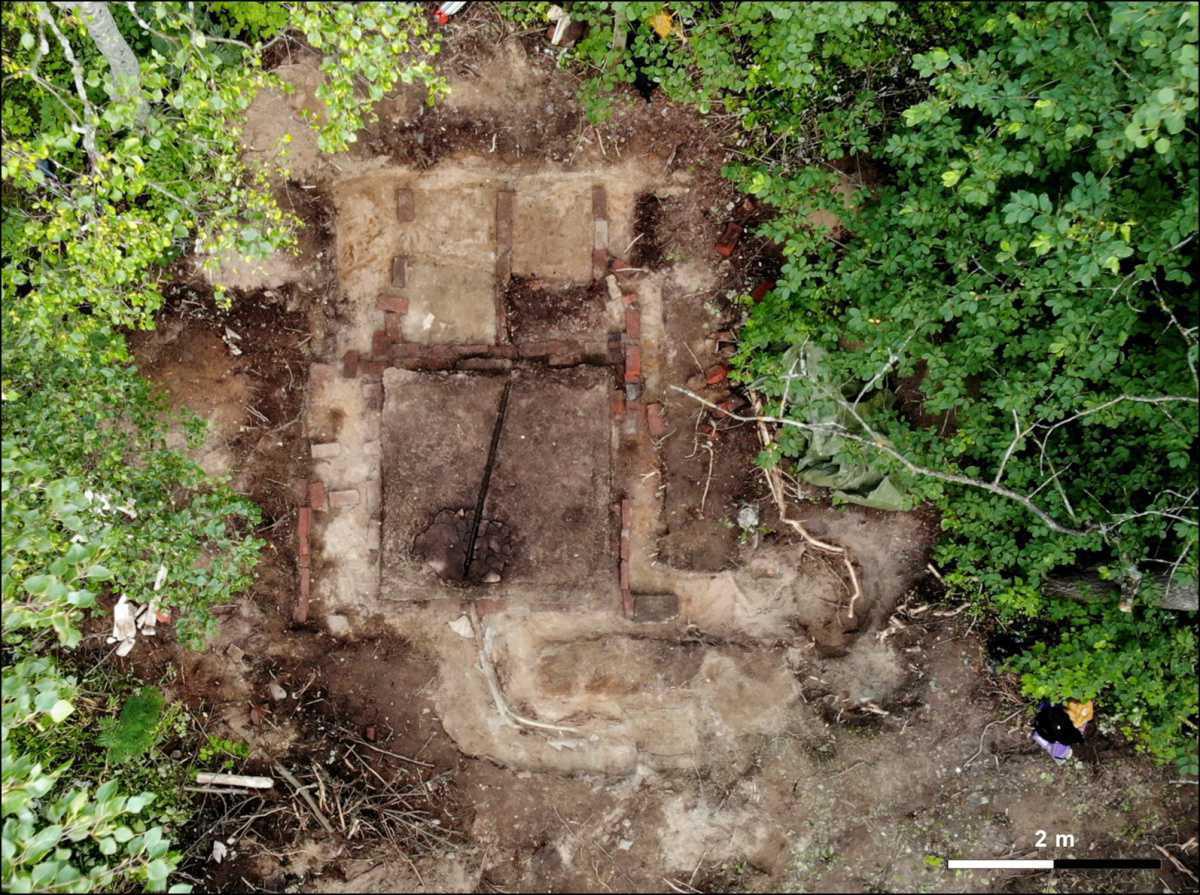Archaeologists have excavated the marginalised community of Vaakunakylä, a former Nazi barracks occupied by homeless Finns following the end of WW2.
Between 1944 and 1945, Vaakunakylä was located near Oulu, Finland, which was abandoned by the retreating German military with the approach of Allied forces.
As a consequence of the occupation of Finland, displaced Finns sought refuge in the barracks during the late 1940s, establishing a community that operated largely independent of the developing Finnish welfare system.
This created an environment described as “criminal and restless”, leading to the marginalisation of Vaakunakylä’s populace and the eventual demolition of the settlement against the residents’ wishes during the late 1980s.
“The outside perception of what might be referred to as ‘bad’ neighbourhoods can be markedly different from the ways the communities see themselves”, says lead author of the research Dr Oula Seitsonen. “Archaeology can offer a tool to investigate the realities of life in such places”.
As part of a study published in the journal Antiquity, researchers from the University of Oulu conducted an excavation at Vaakunakylä and interviewed former inhabitants to provide new insights into the community.
“Archaeologies of 20th century working-class communities and conflicts have been little-studied in Finland, and the Vaakunakylä project combines these both,” states Dr Seitsonen.
“Material heritage of the Vaakunakylä area was practically unknown before our research, and by studying a former Nazi military camp turned into a Finnish working-class neighbourhood we can probe various neglected societal themes.”
Excavations uncovered evidence of refurbishment by the residents to improve the facilities at Vaakunakylä, including one barracks block that was converted into a family home, and another transformed into a sauna.
Furthermore, material culture such as waste uncovered from rubbish pits reveals a higher standard of living than previously believed, with some households owning high-end porcelain sets.


